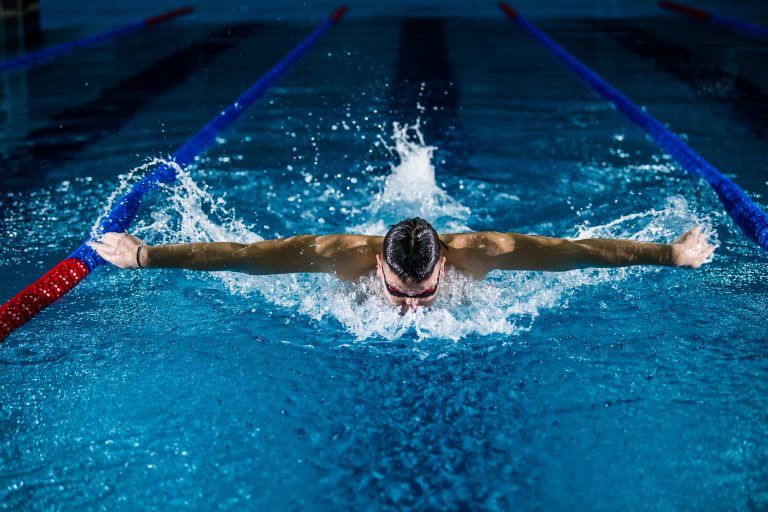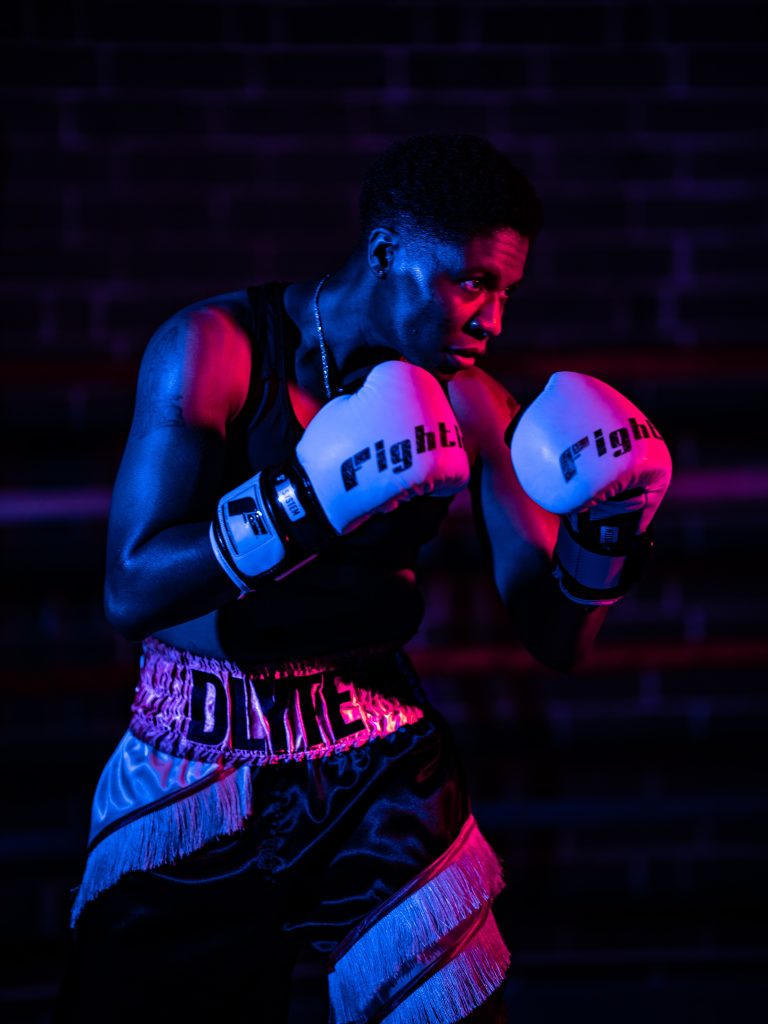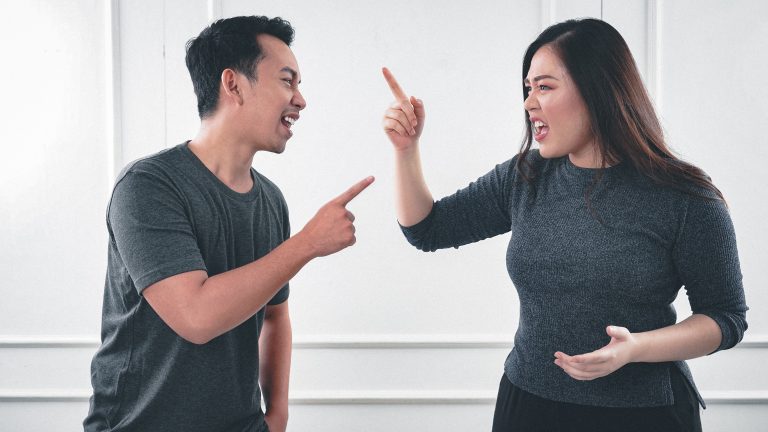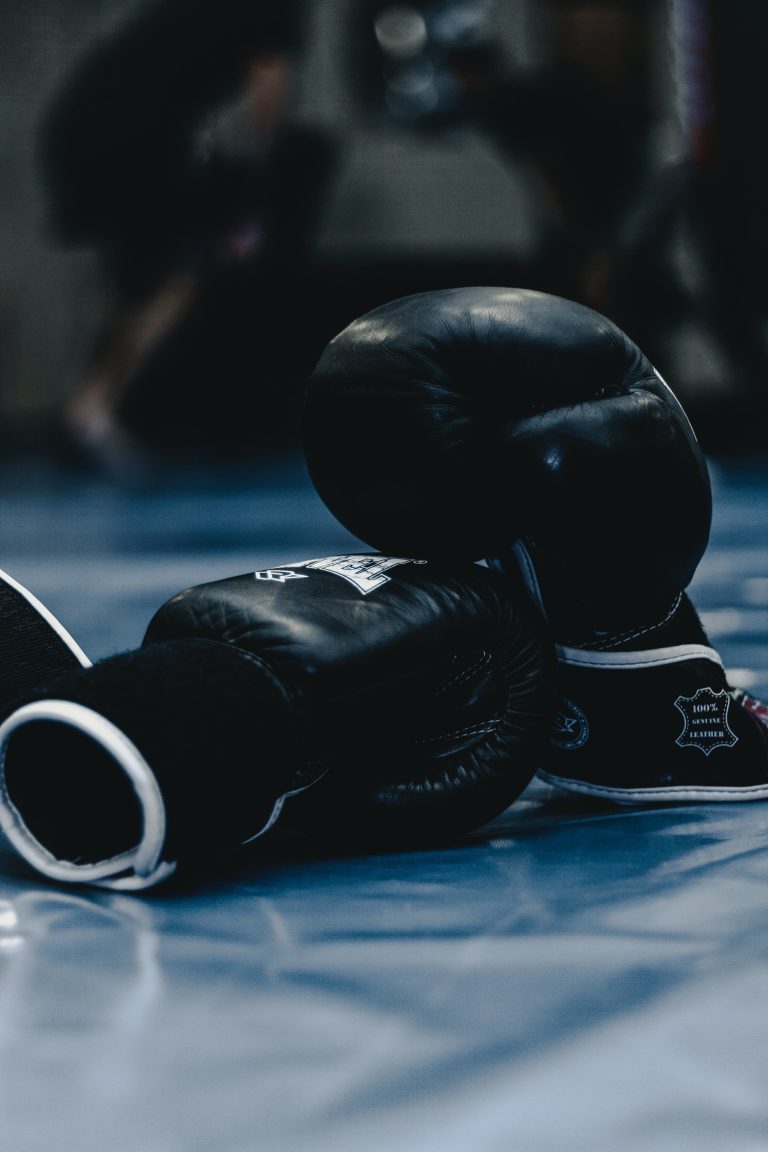Karate Kumite Trainingsmethoden
Karate Kumite ist der Kampfabschnitt, bei dem die Karateka gegen einen Gegner kämpfen. Es ist ein wichtiger Bestandteil des Karate-Trainings und sollte daher mit besonderer Aufmerksamkeit trainiert werden. In diesem Artikel werden wir über die verschiedenen Kumite Trainingsmethoden sprechen, die Karateka anwenden können, um ihre Techniken und Fähigkeiten zu verbessern.
1. Partnerübungen
Partnerübungen sind eine einfache und effektive Methode, um die Kumite-Fähigkeiten zu verbessern. Im Karate gibt es verschiedene Partnerübungen, wie z.B. freie Bewegungen und festgelegte Kombinationen. Der Sinn dieser Übungen besteht darin, dass man lernt, wie man auf einen Gegner reagieren sollte, und sich gleichzeitig auf seine eigenen Techniken konzentriert. Es ist wichtig, die Partnerübungen mit einem erfahrenen Partner zu trainieren, um Verletzungen zu vermeiden.
2. Sparring
Sparring ist eine der am häufigsten verwendeten Methoden, um Kumite-Fähigkeiten zu verbessern. Während des Sparrings können Karateka ihre Techniken gegen einen echten Gegner testen und verbessern. Sparring kann in unterschiedlichen Intensitätsstufen durchgeführt werden, von leichtem Kontakt bis hin zu Vollkontakt-Sparring. Es ist wichtig, dass Karateka Schutzausrüstung tragen, um Verletzungen zu vermeiden.
3. Wettkampf
Wettkämpfe sind eine wichtige Erfahrung für Karateka, um ihre Kumite-Fähigkeiten zu verbessern. Im Wettkampf müssen Karateka gegen andere Gegner antreten und ihre Techniken effektiv einsetzen. Wettkämpfe können dazu beitragen, den Karateka das Selbstvertrauen zu geben, das sie benötigen, um ihre Fähigkeiten im Kampf zu nutzen.
4. Schattenboxen
Schattenboxen ist eine Technik, die Karateka anwenden können, um ihre Kumite-Fähigkeiten zu verbessern. Schattenboxen erlaubt es den Karateka, ihre Techniken zu verfeinern und ihre Bewegungen zu perfektionieren. Es ist auch eine gute Möglichkeit, um Ausdauer und Kraft aufzubauen.
5. Kraft- und Konditionstraining
Um Kumite-Fähigkeiten zu verbessern, ist Kraft- und Konditionstraining unerlässlich. Karateka müssen starke Beine und Arme haben, um ihre Techniken effektiv einsetzen zu können. Es ist auch wichtig, eine gute Ausdauer zu haben, um während eines Kampfes nicht schnell müde zu werden. Kraft- und Konditionstraining kann in Form von Gewichtheben, Laufen und Cardio-Training durchgeführt werden.
Zusammenfassung
Kumite ist ein wichtiger Bestandteil des Karate-Trainings, und es ist wichtig, die Kumite-Fähigkeiten zu verbessern. Partnerübungen, Sparring, Wettkämpfe, Schattenboxen und Kraft- und Konditionstraining sind effektive Methoden, um Kumite-Fähigkeiten zu verbessern. Es ist wichtig, diese Methoden unter der Aufsicht eines erfahrenen Karate-Lehrers zu trainieren, um Verletzungen zu vermeiden und die Techniken richtig zu erlernen.
Most Frequently Asked Questions About Karate Kumite Trainingsmethoden
Karate Kumite is a fighting form in which two karatekas practice various combinations of attack and defense techniques against each other. It is an essential component of karate training and requires immense physical and mental discipline. In this post, we will answer some of the most frequently asked questions about Karate Kumite Trainingsmethoden.
1. What is Karate Kumite?
Karate Kumite is a type of sparring in which two karatekas face each other to practice various attack and defense techniques. Kumite involves two participants who attempt to score points by landing blows on the opponent’s torso, face, or head. There are various rules and regulations in Karate Kumite that emphasize fair play, safety, and sportsmanship.
2. What is the purpose of Karate Kumite?
The main purpose of Karate Kumite is to develop the practical application of karate techniques learned in kihon and katas. Kumite helps karatekas learn how to react to attacks and defense in real-life situations. Kumite is also an excellent way to develop fitness, speed, reactions, and mental toughness.
3. What is the difference between Jiyu Kumite and Shiai Kumite?
Jiyu Kumite and Shiai Kumite are two types of Kumite employed in Karate. Jiyu Kumite is a free-style sparring in which the karatekas can decide the kind of techniques that they will use. Jiyu Kumite is usually done in a training environment and promotes creativity, improvisation, and adaptability. Shiai Kumite, on the other hand, is a competition or tournament-style Kumite that follows strict rules, regulations, and scoring system.
4. What are the different types of Kumite?
There are typically three types of Kumite in Karate which are as follows:
Ippon Kumite:
Ippon Kumite is a basic sparring form in which one karateka attacks with full force, and the other karateka defends and counters. The aim of Ippon Kumite is to execute a single perfect execution of a technique rather than score a point.
Sanbon Kumite:
Sanbon Kumite is an intermediate sparring form in which one karateka attacks with three techniques, and the other karateka defends and counters. The emphasis in Sanbon Kumite is on speed, accuracy, and technique rather than brute strength.
Jiyu Kumite:
Jiyu Kumite is a free-style sparring in which two karatekas engage in a non-scripted exchange of techniques. Jiyu Kumite promotes creativity, improvisation, and adaptability.
5. What are the safety measures in place during Karate Kumite?
Karate Kumite is a physically and mentally demanding sport, and safety is crucial. To ensure safety, there are various safety measures in place during Kumite, such as wearing protective gear such as gloves, mouth guards, headgear, and foot protectors. The participants must also follow a strict set of regulations, such as no excessive force, no strikes to the face or head, and no strikes to vulnerable areas such as the neck or groin.
6. How to train for Karate Kumite?
Karate Kumite requires sufficient training, discipline, and mental toughness. Some of the ways to train for Karate Kumite include practicing basic techniques such as kicks, punches, and blocks, developing physical fitness through strength and conditioning exercises such as weightlifting, cardio, and flexibility drills. One should also practice sparring with different partners, static and moving targets.
7. What are the benefits of Karate Kumite?
Karate Kumite offers various benefits such as improving reflexes and reaction times, developing physical and mental toughness. Kumite promotes cardiovascular fitness, muscular endurance, and strength. Kumite can also boost confidence and self-esteem, promote emotional regulation and self-control, and foster sportsmanship and camaraderie.
Conclusion
Karate Kumite is a challenging, physically and mentally demanding martial art that requires discipline, hard work, and dedication. Through regular practice and training, karatekas can improve their physical and mental capacities and develop practical self-defense skills. It is essential to follow the rules and regulations, use appropriate protective gear, and practice Karate Kumite safely. We hope that this blog post has answered some of the most frequently asked questions on Karate Kumite Trainingsmethoden.
Inhaltsverzeichnis






